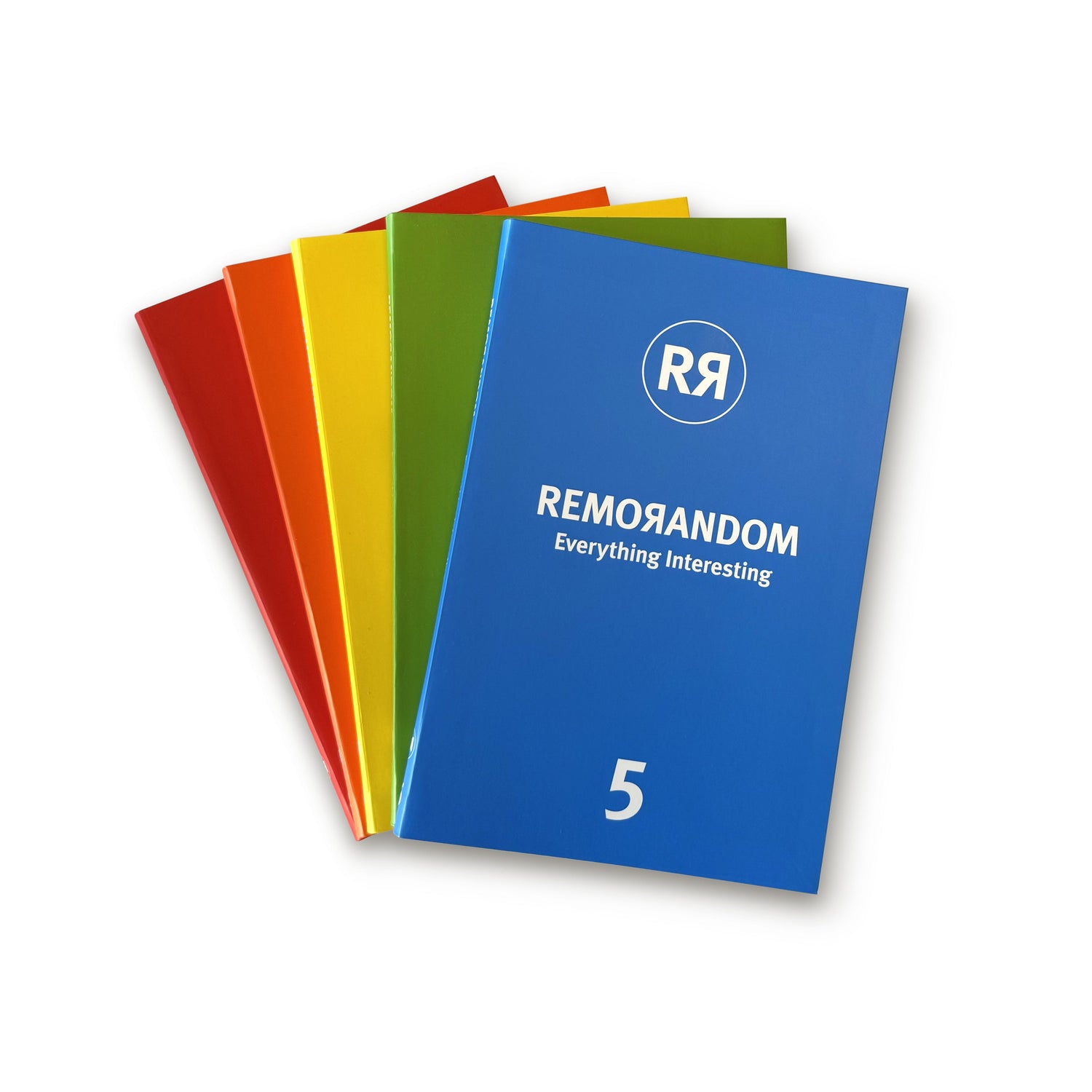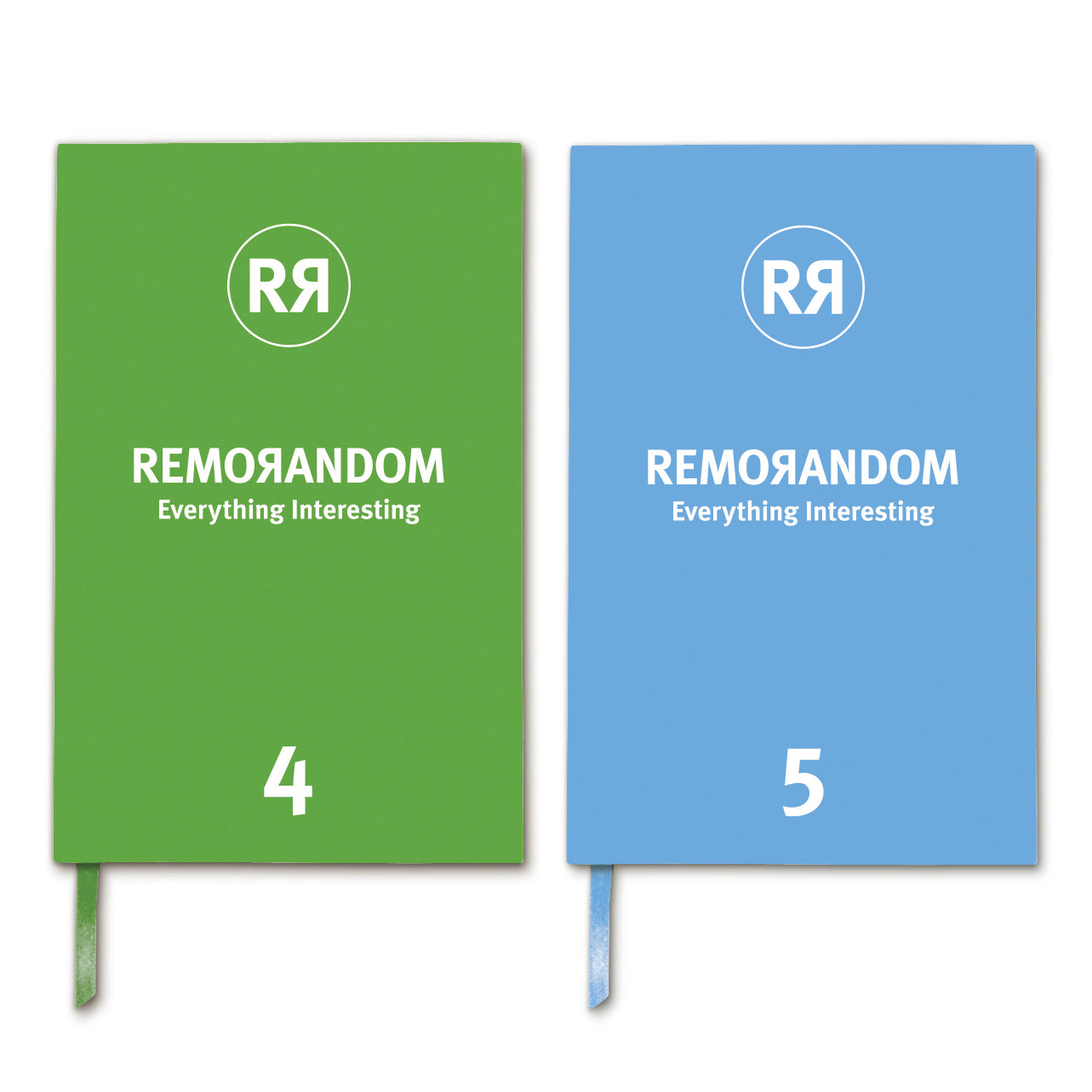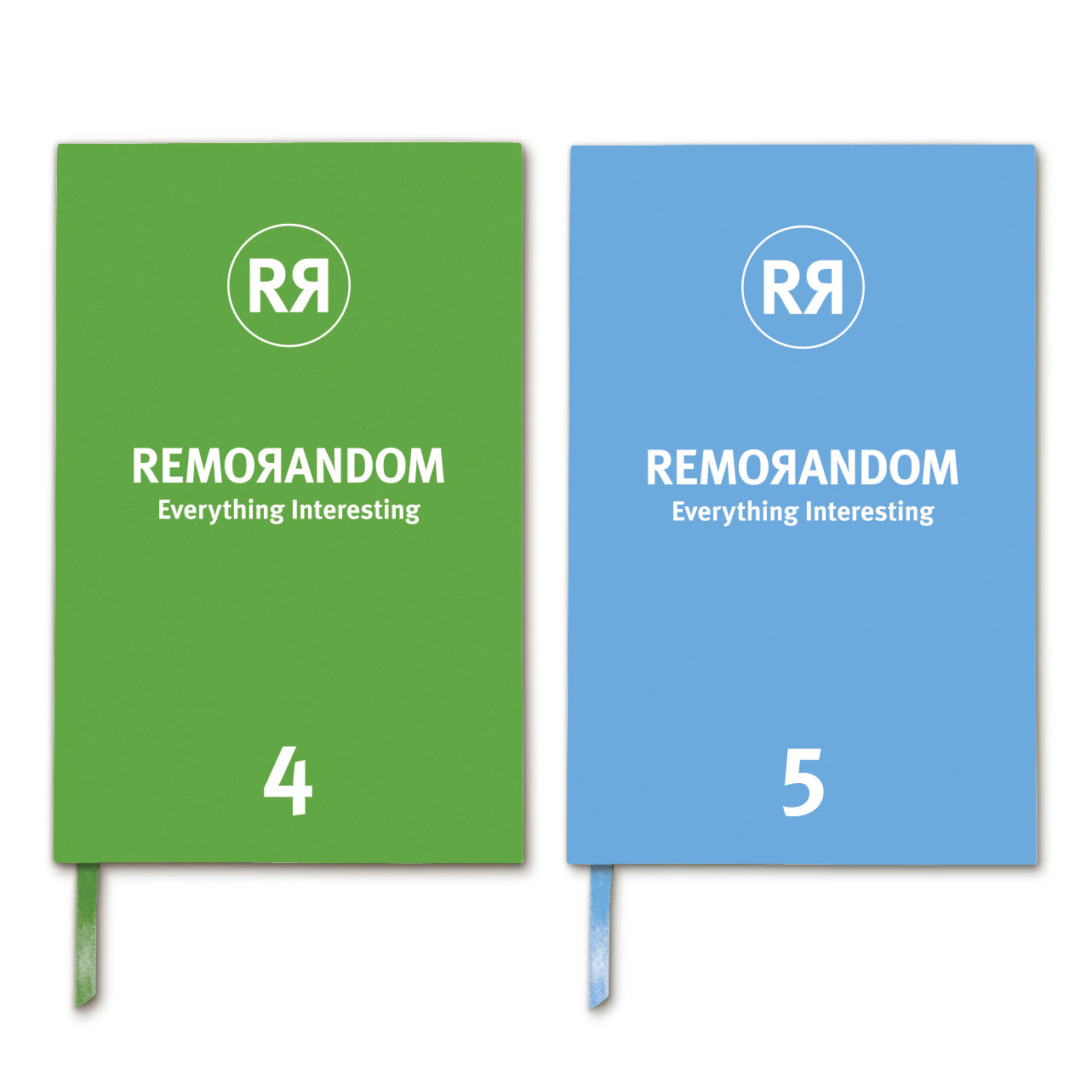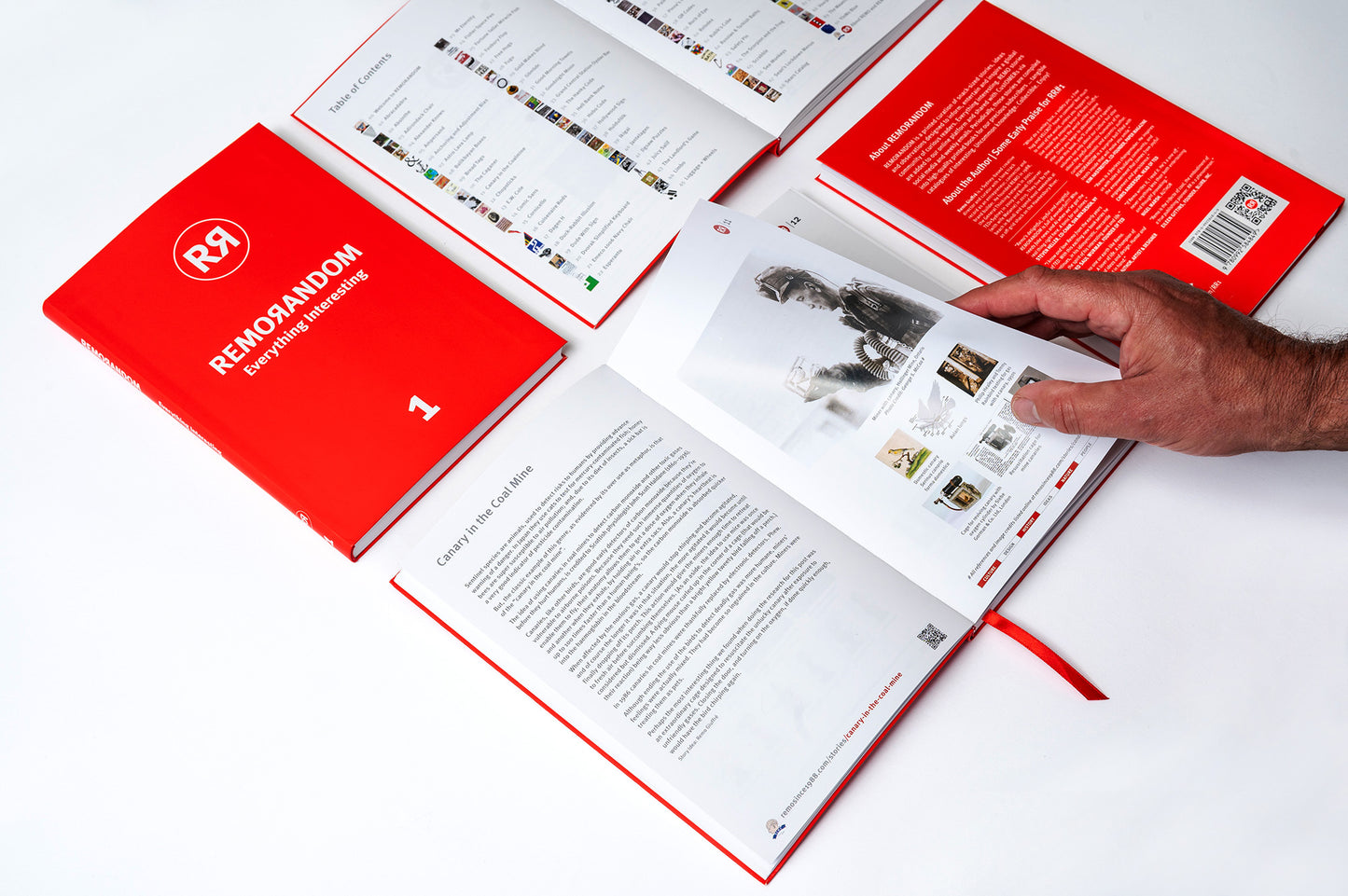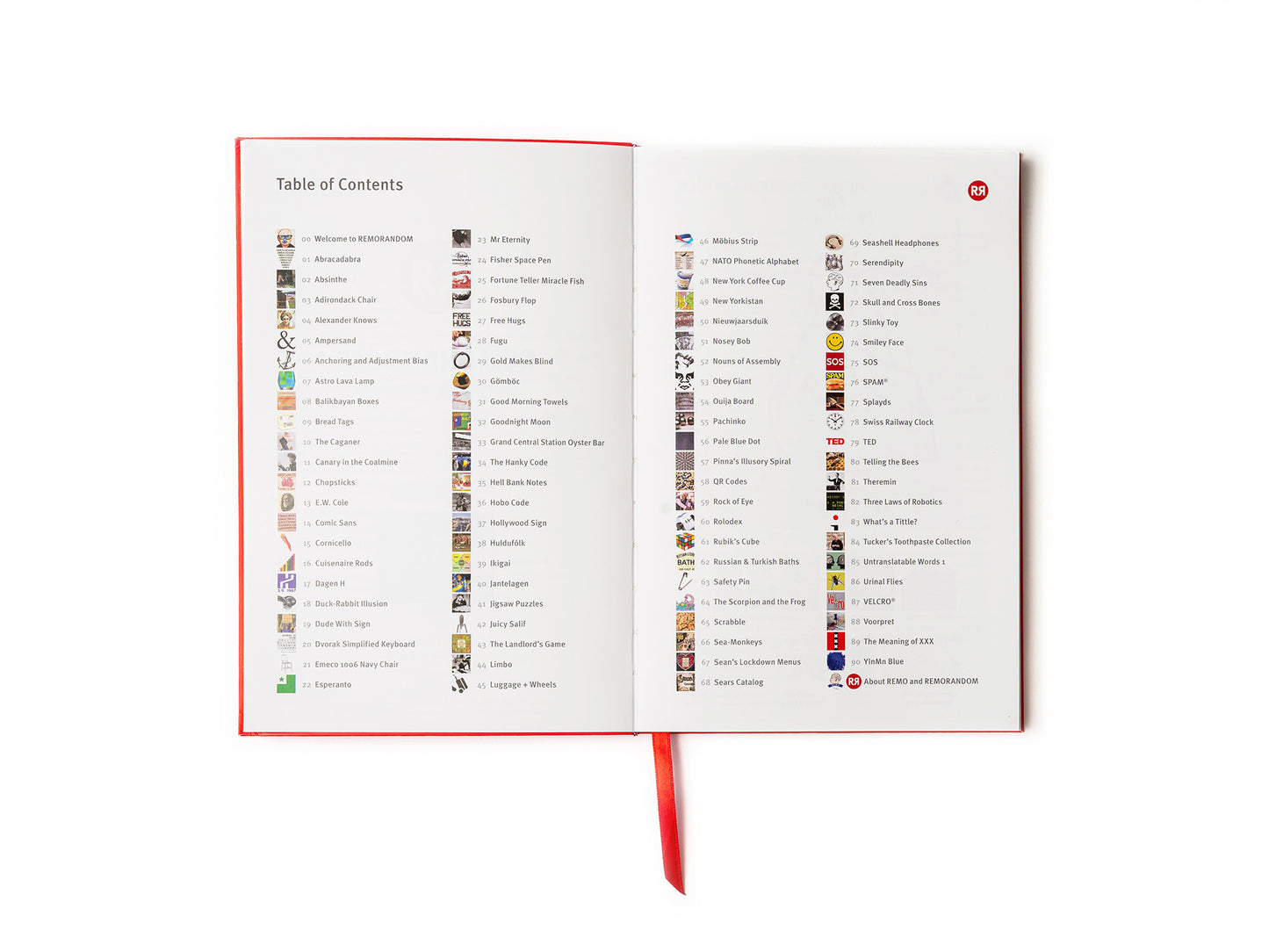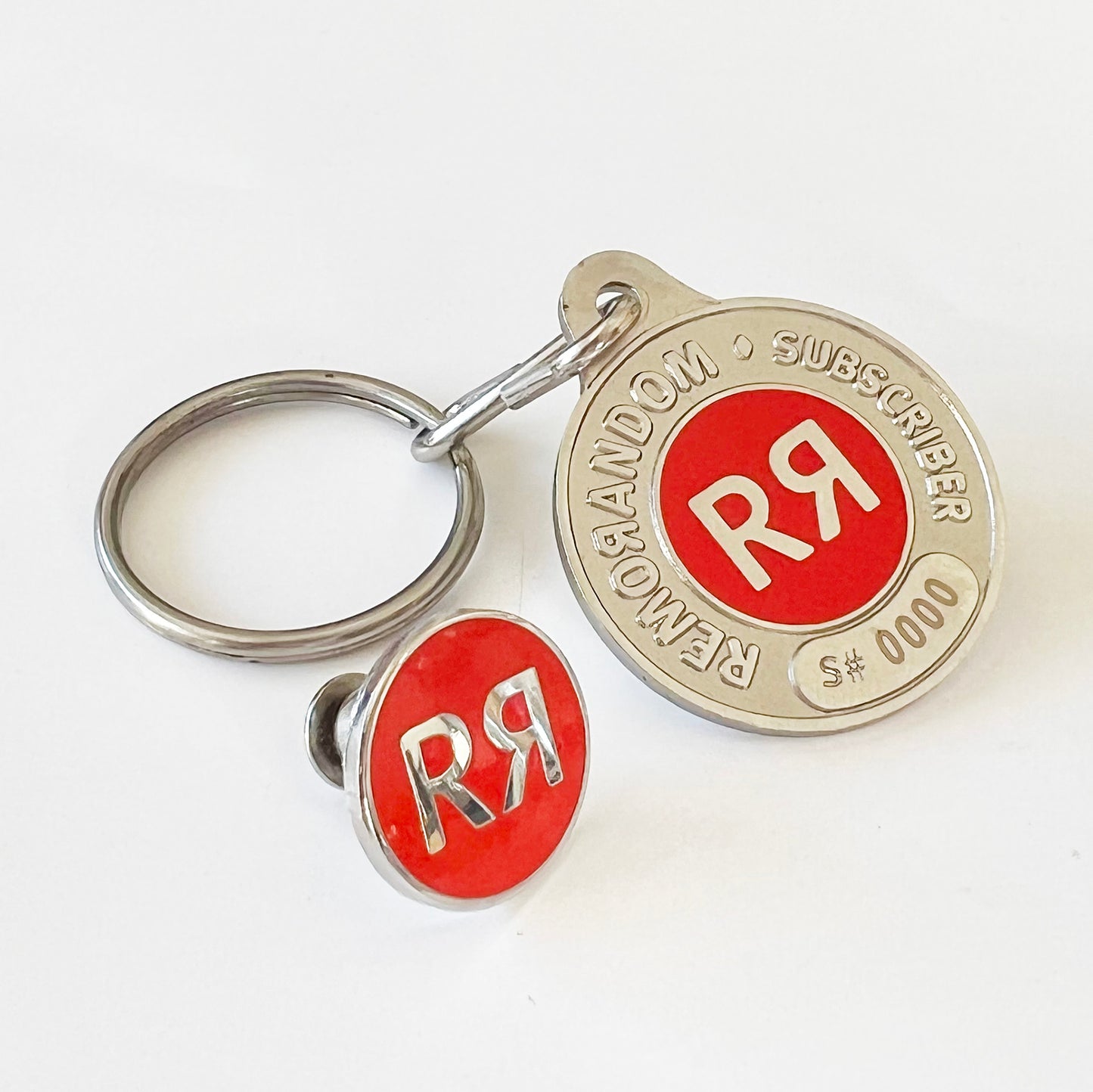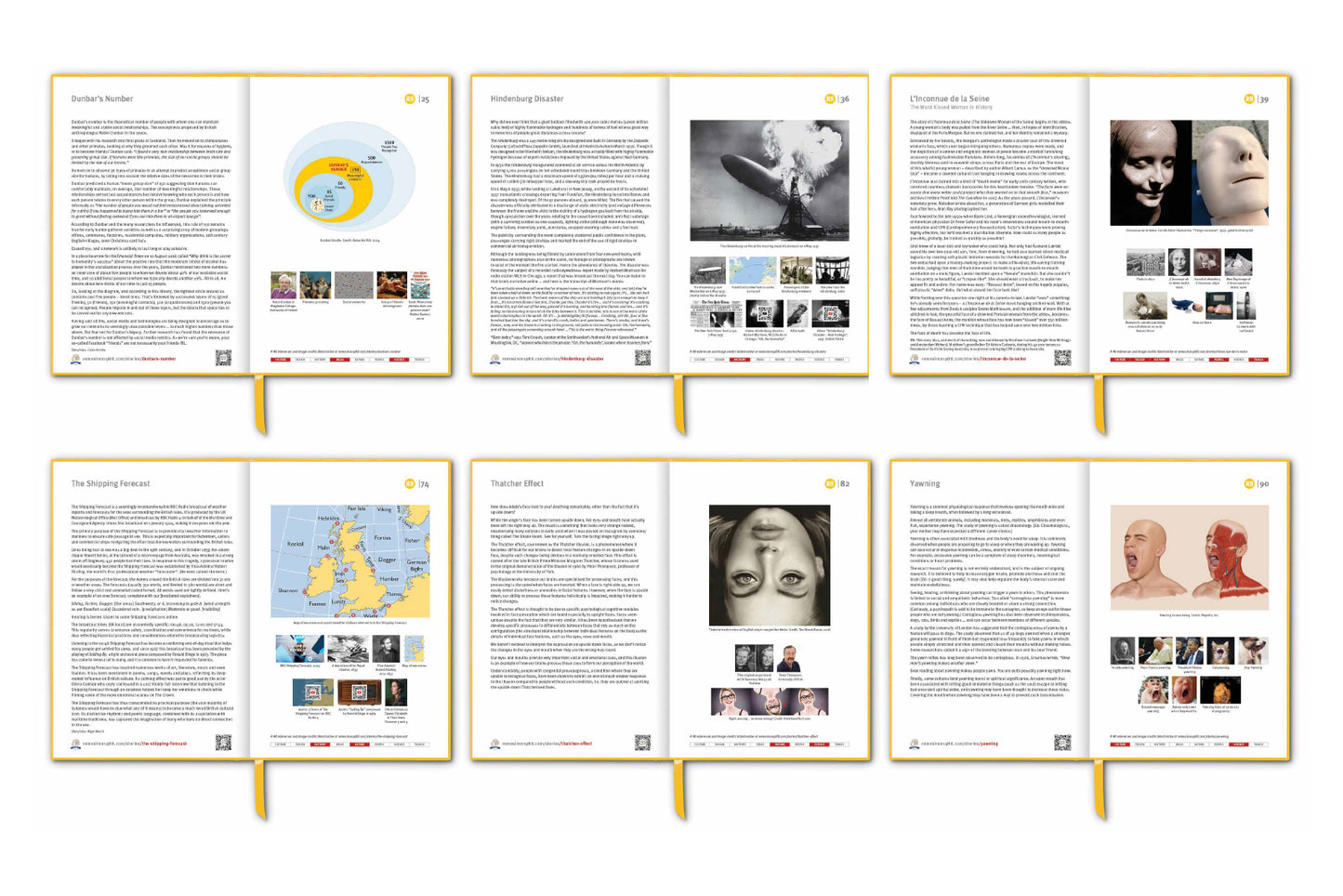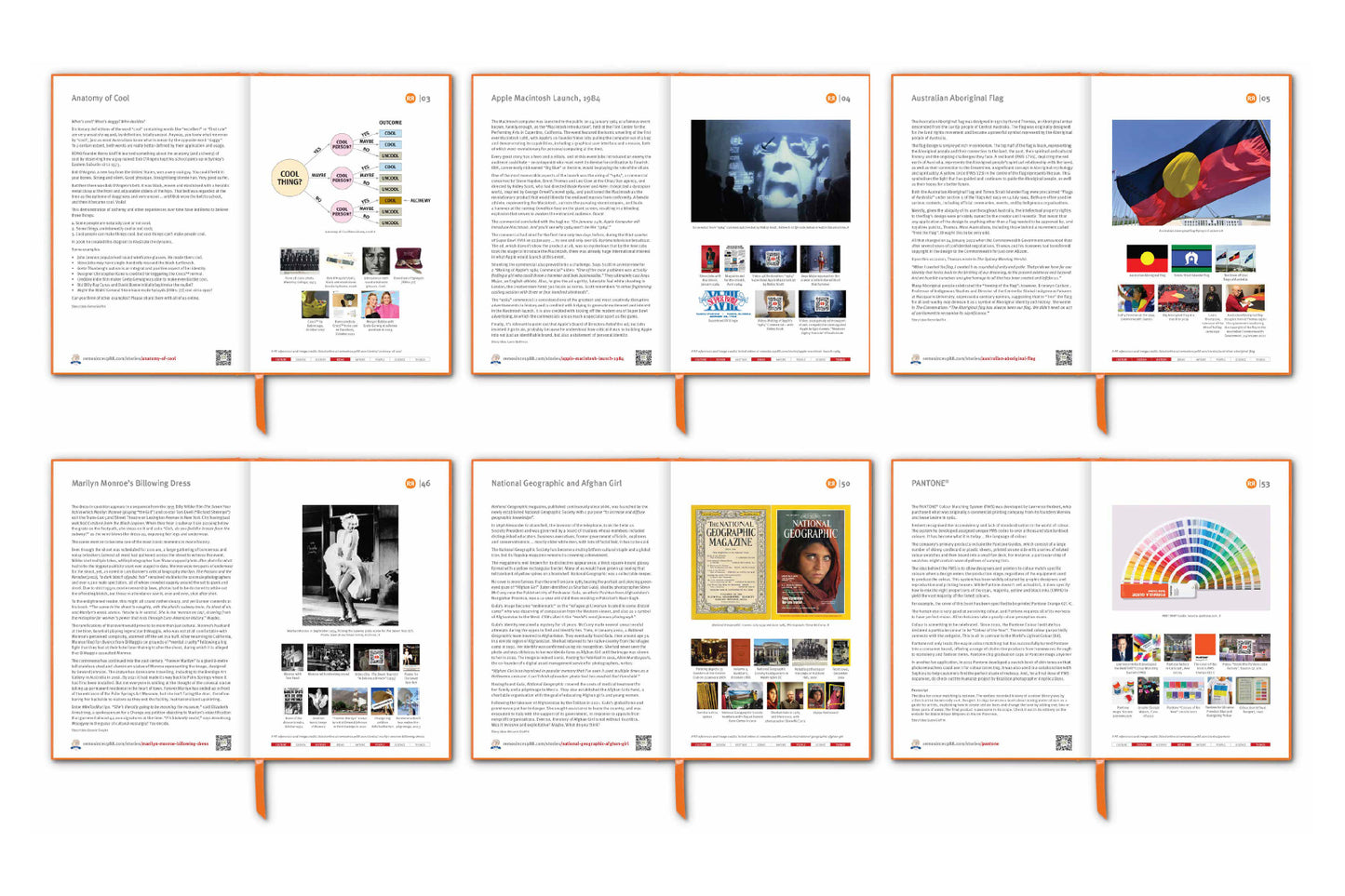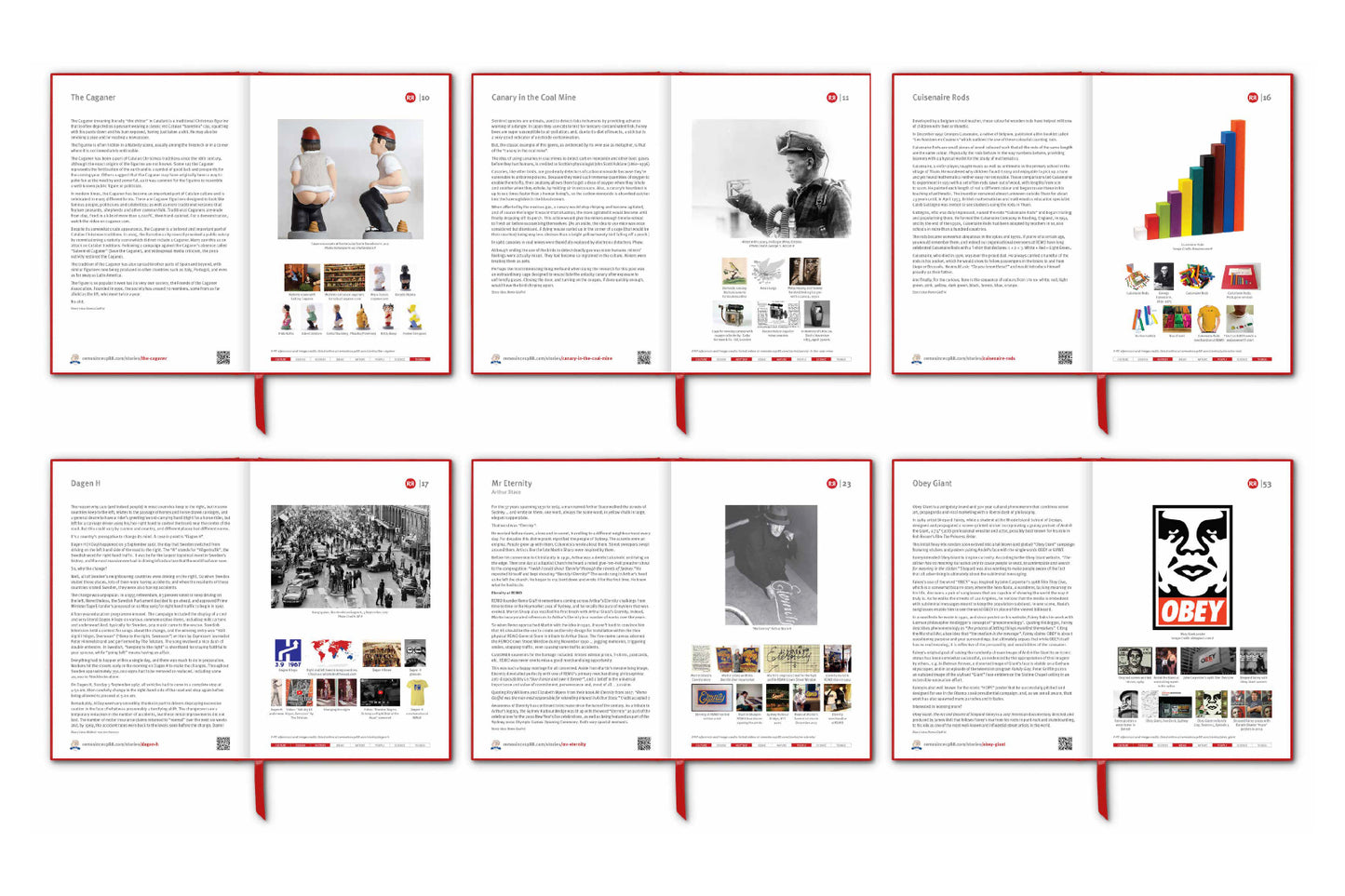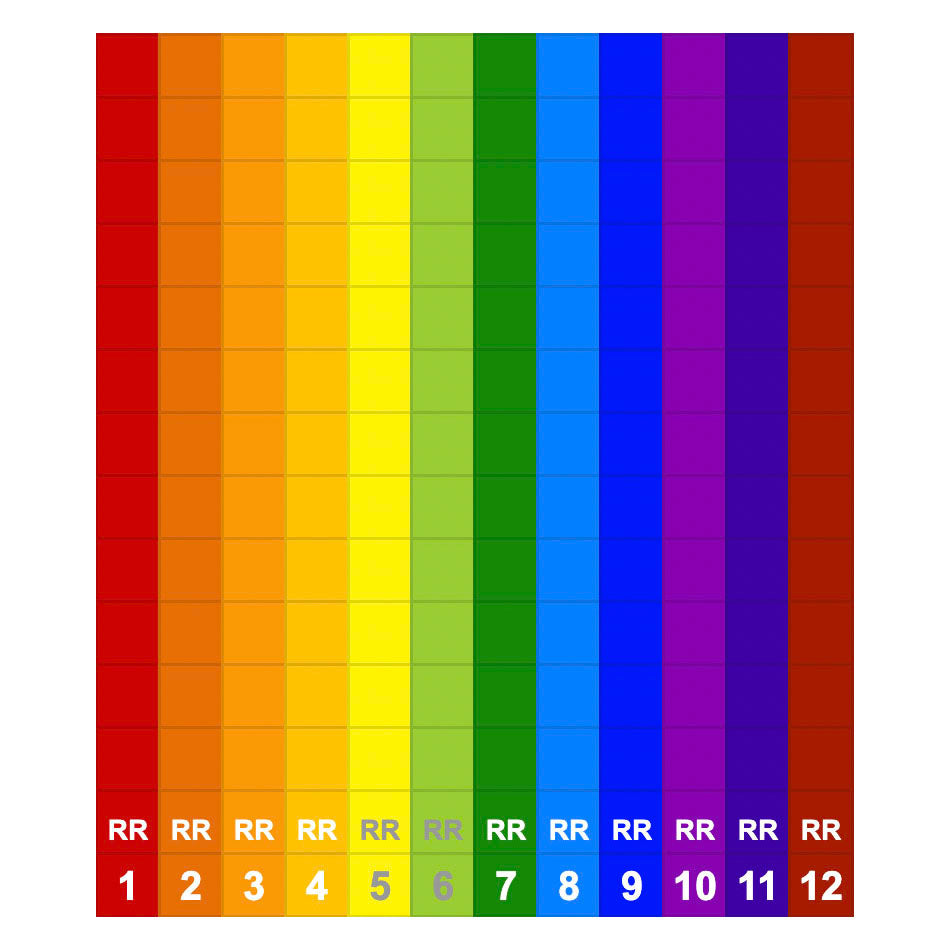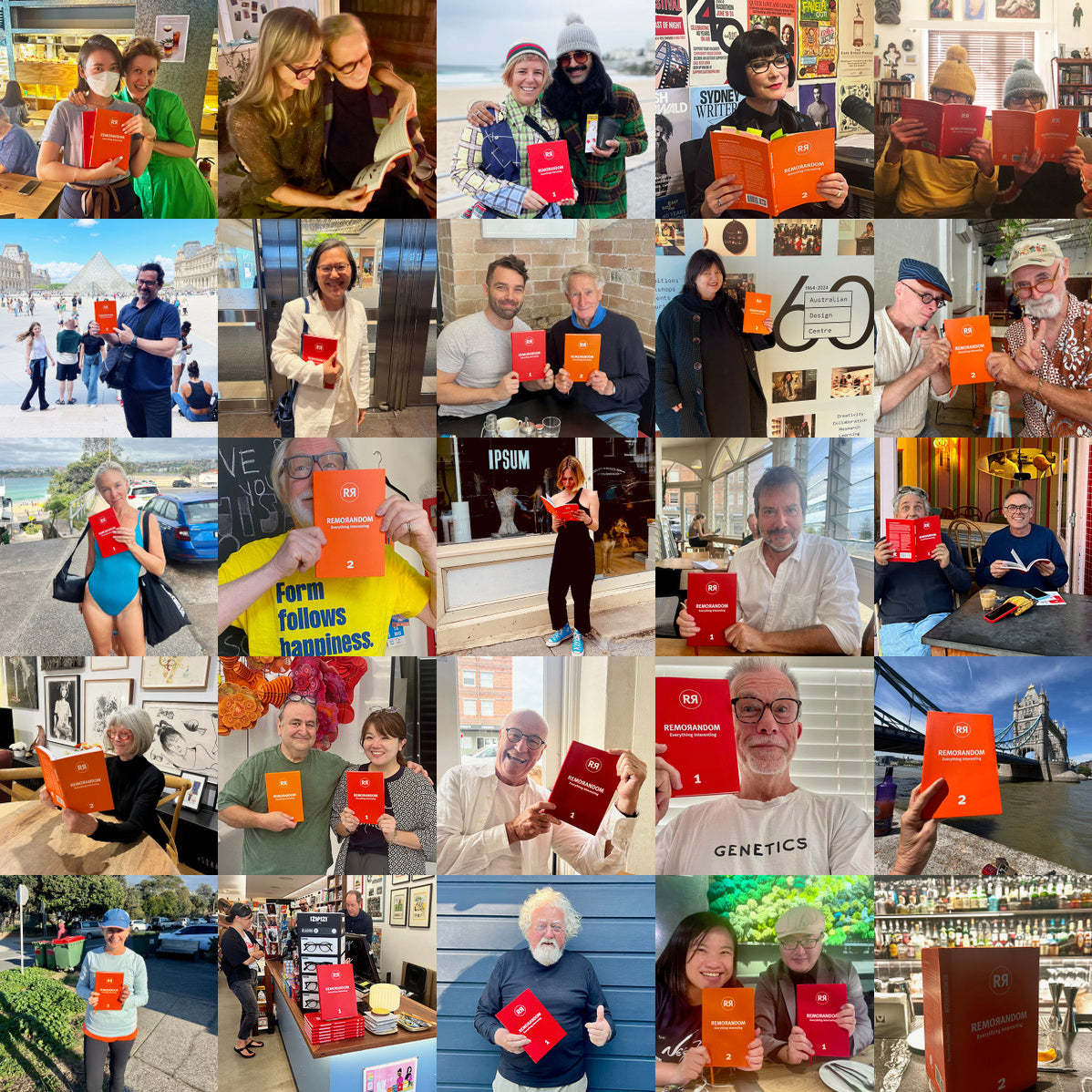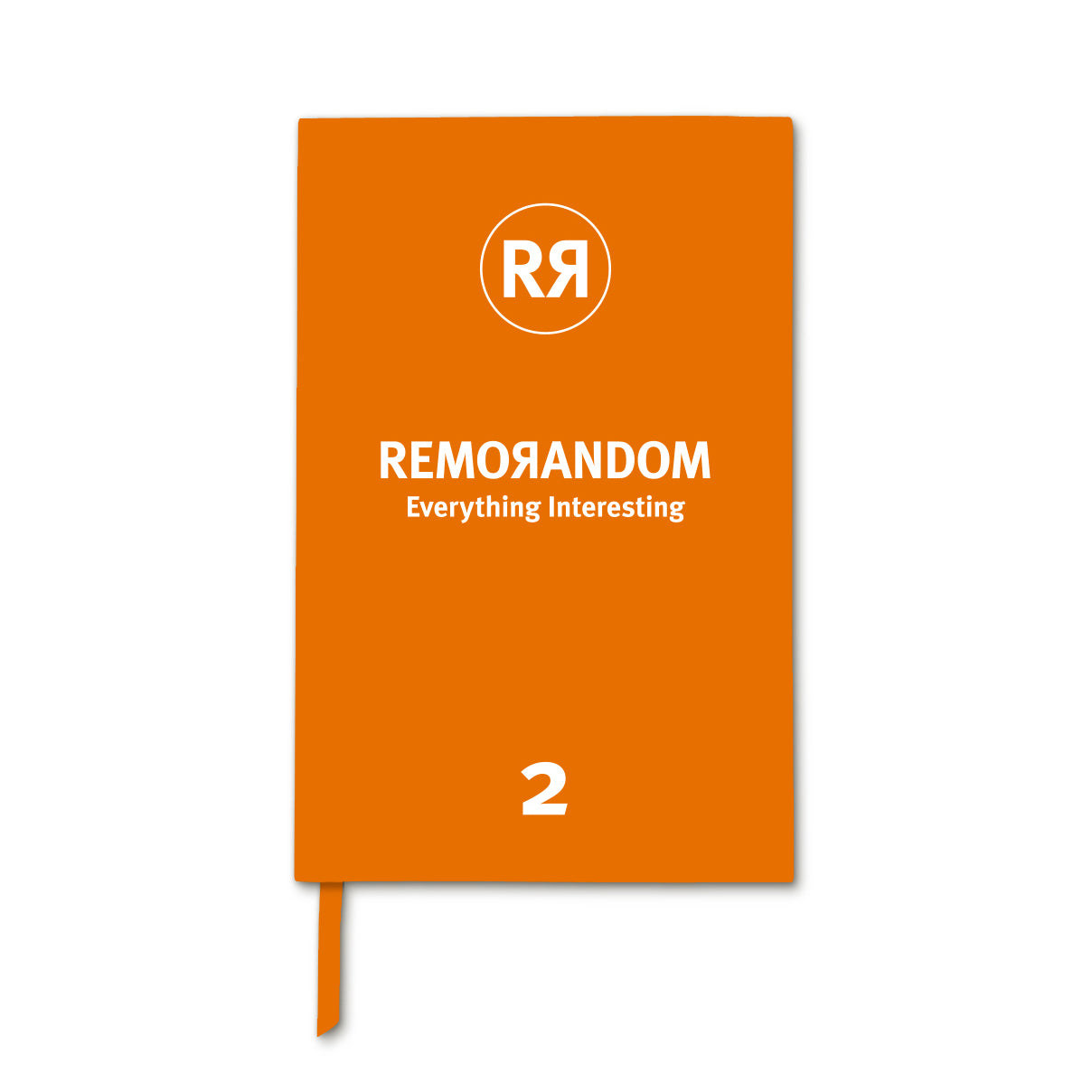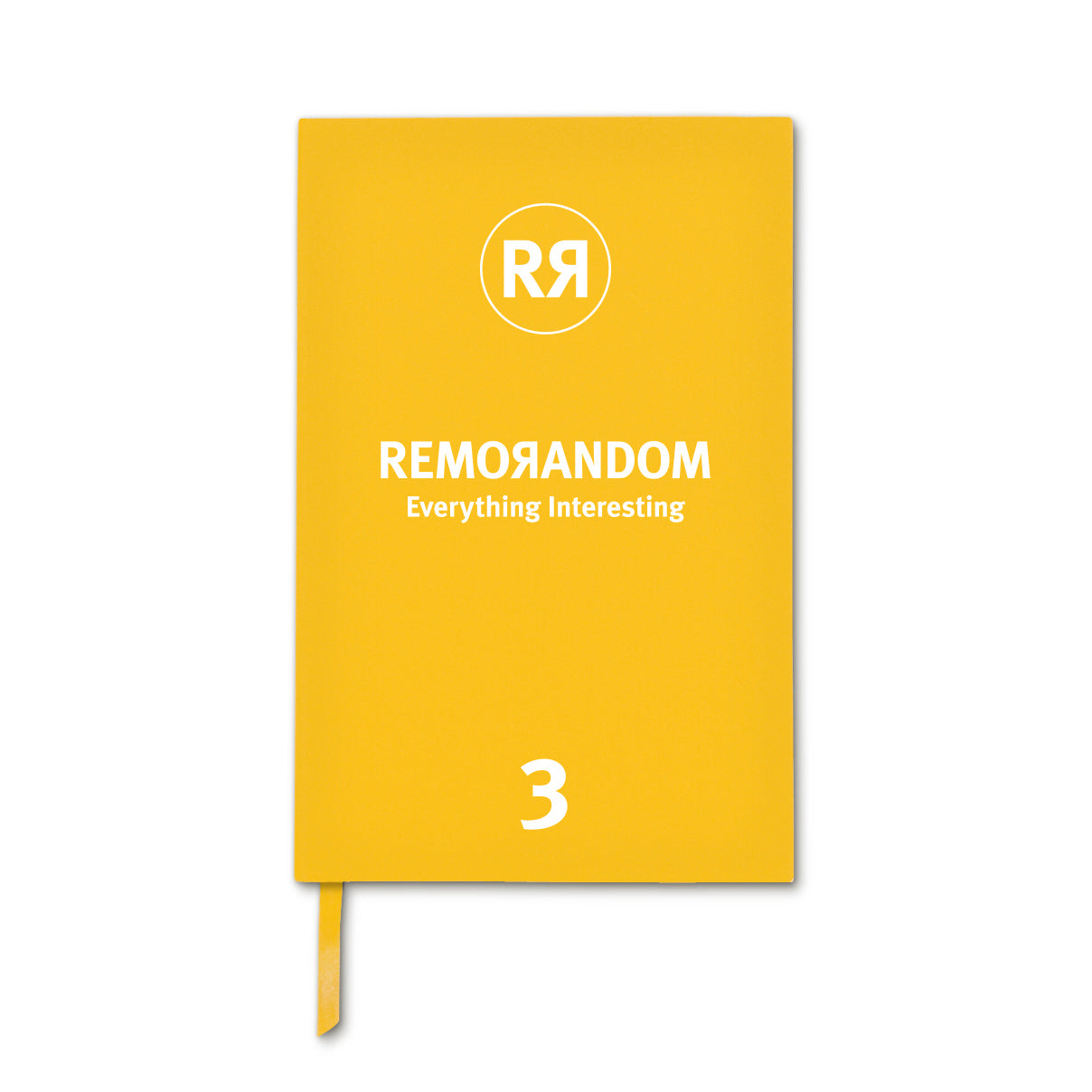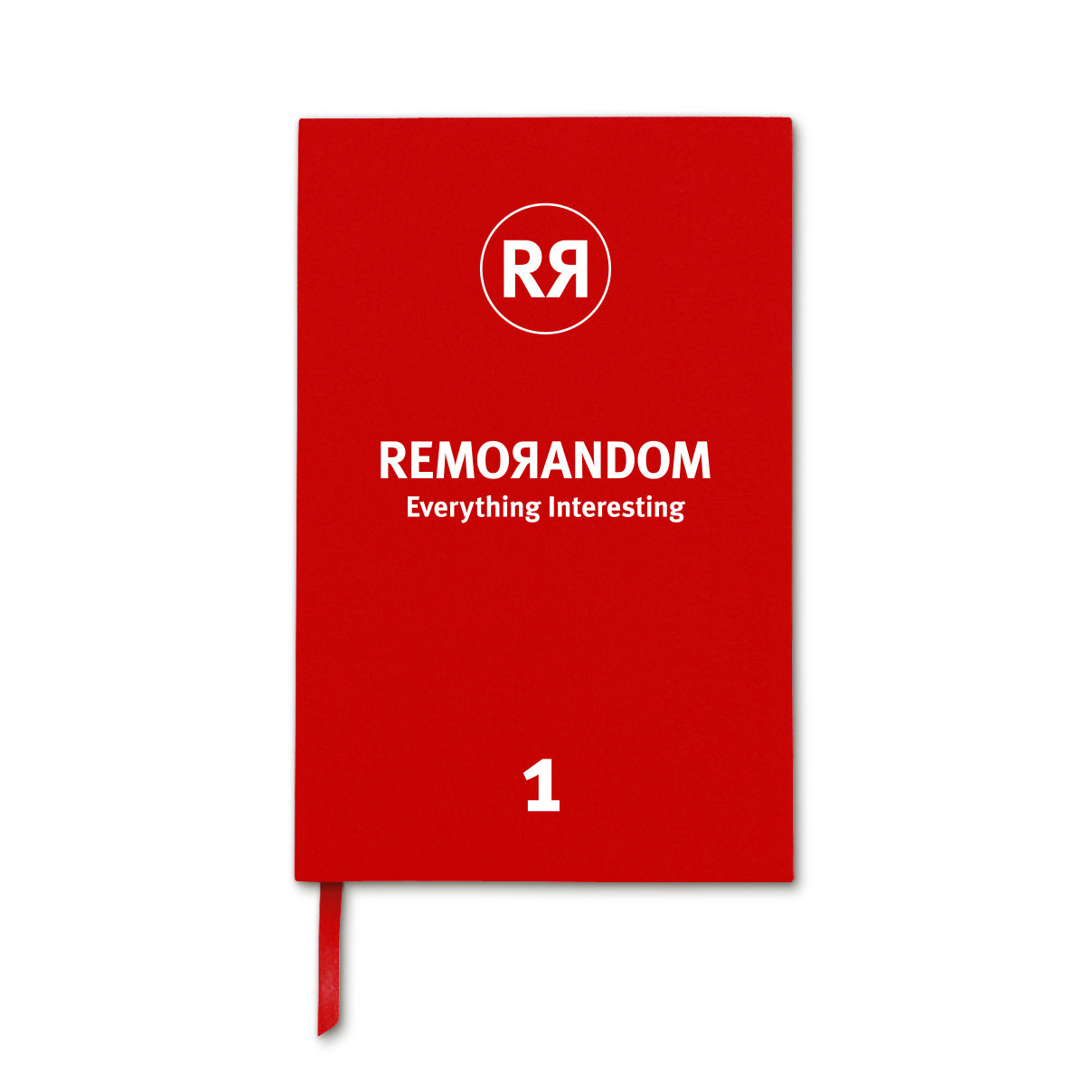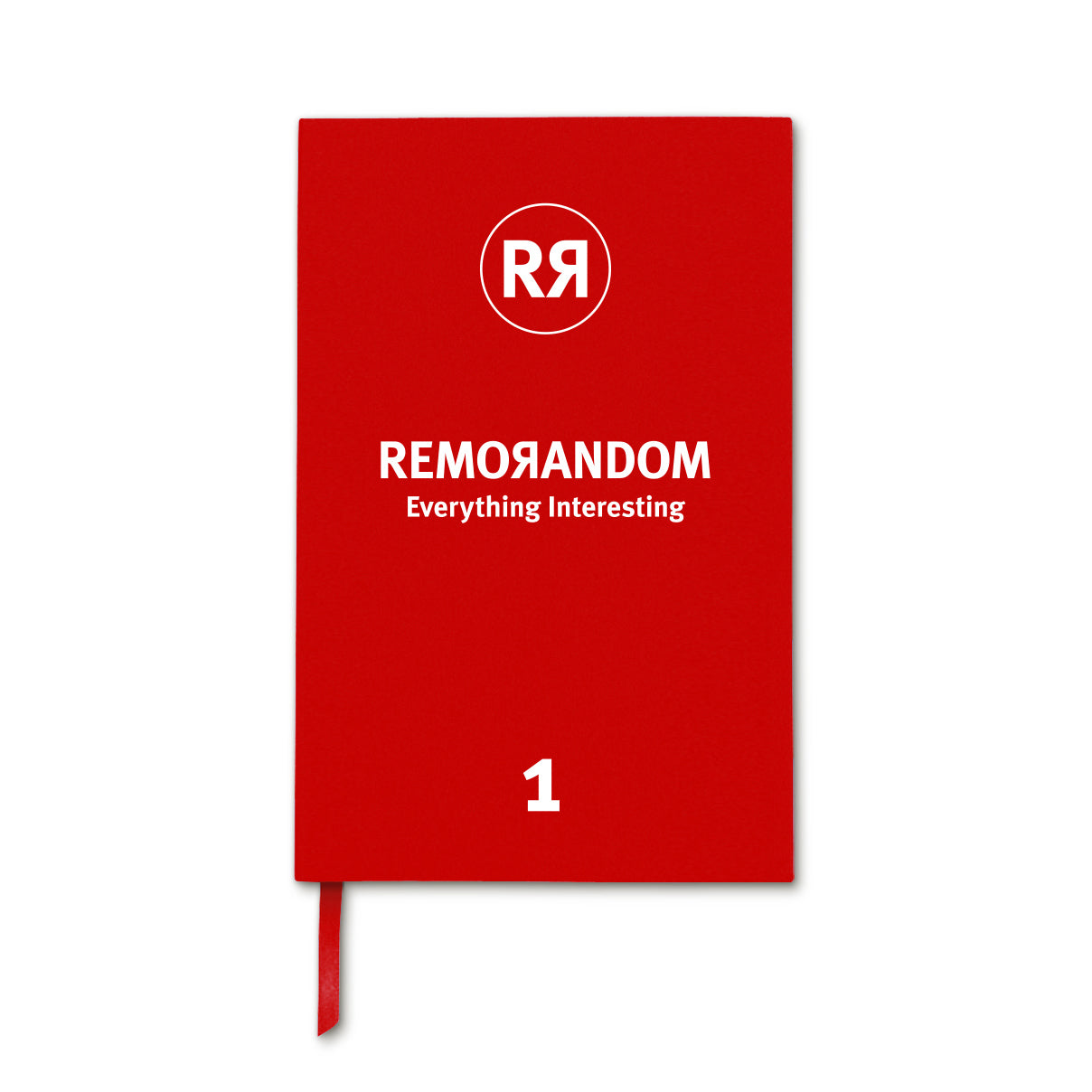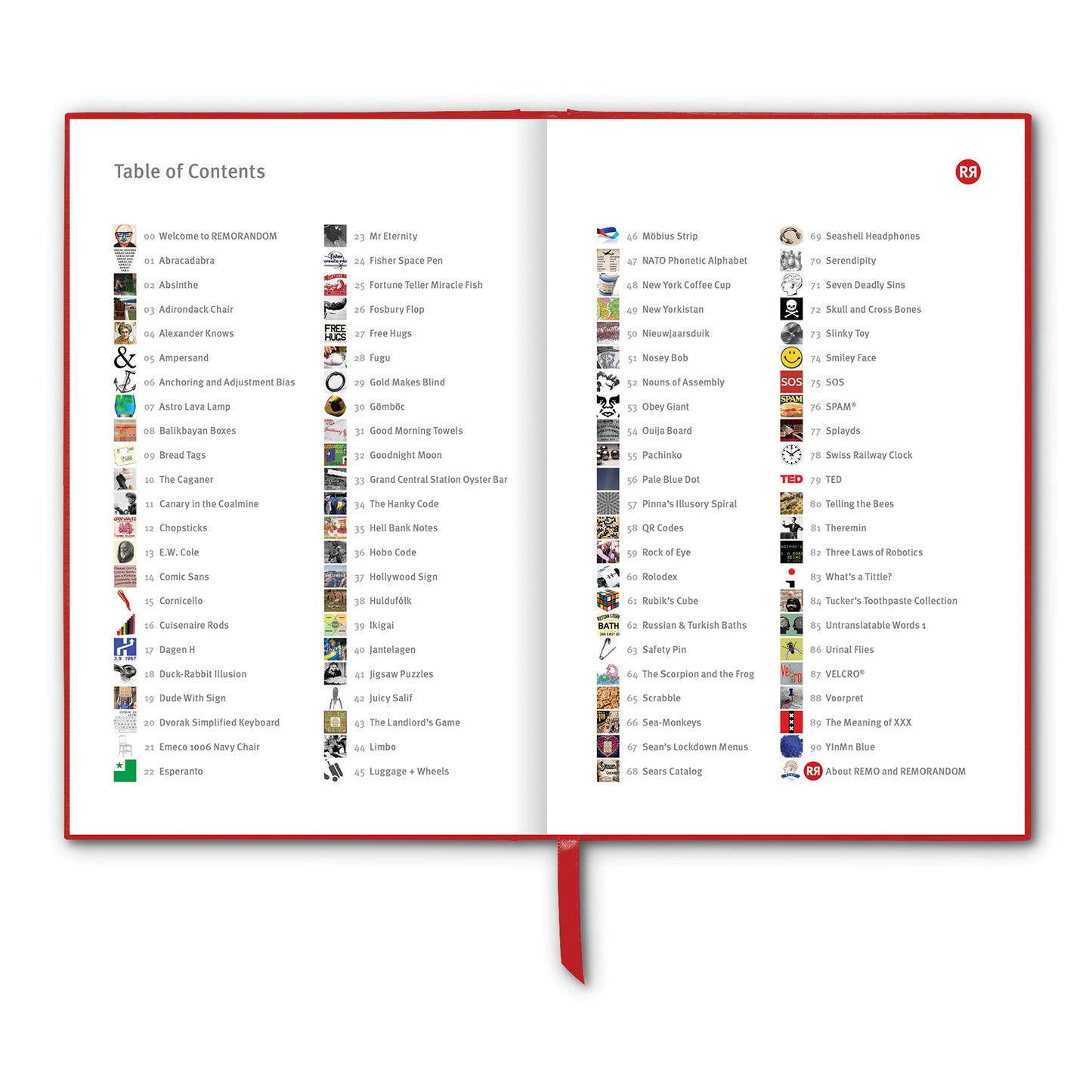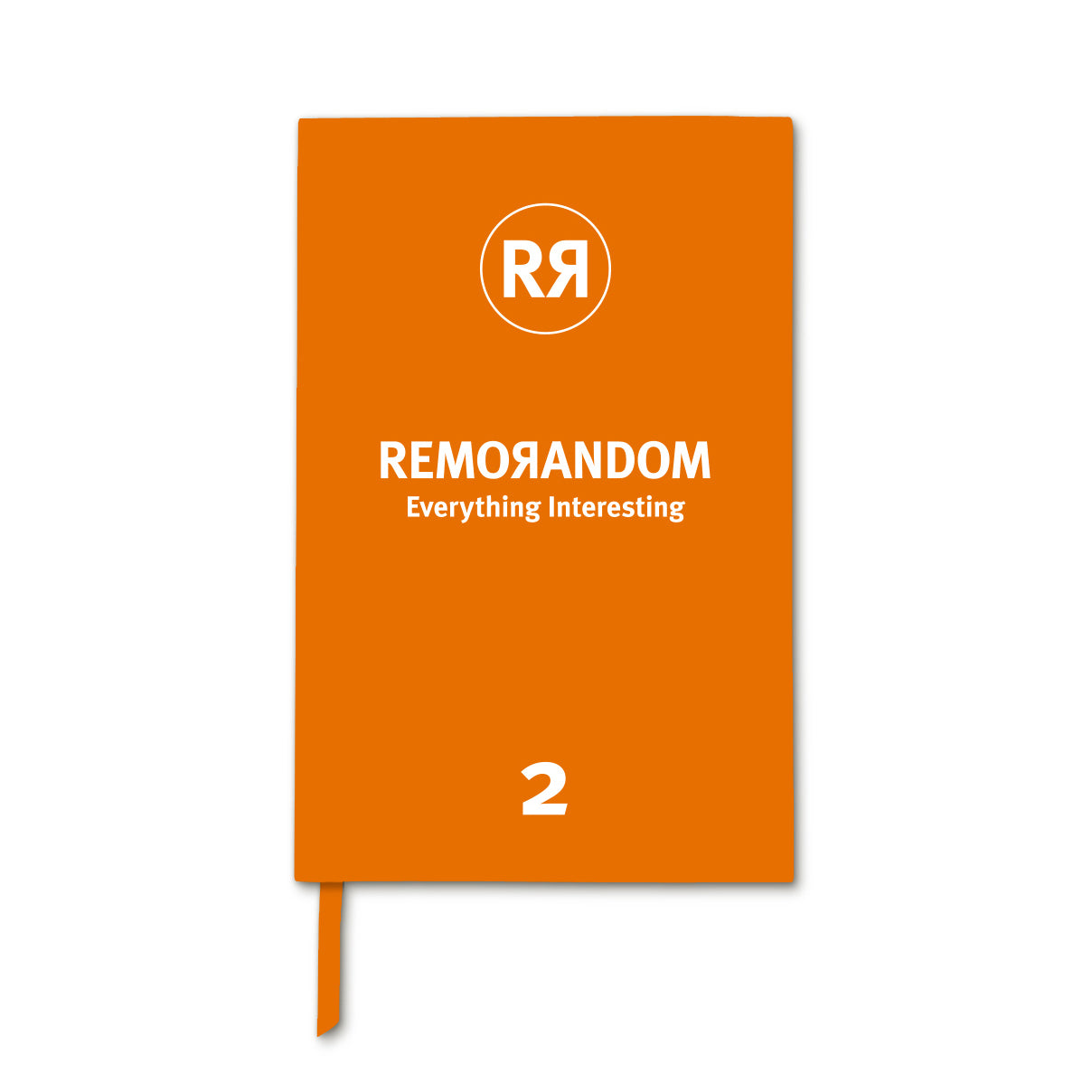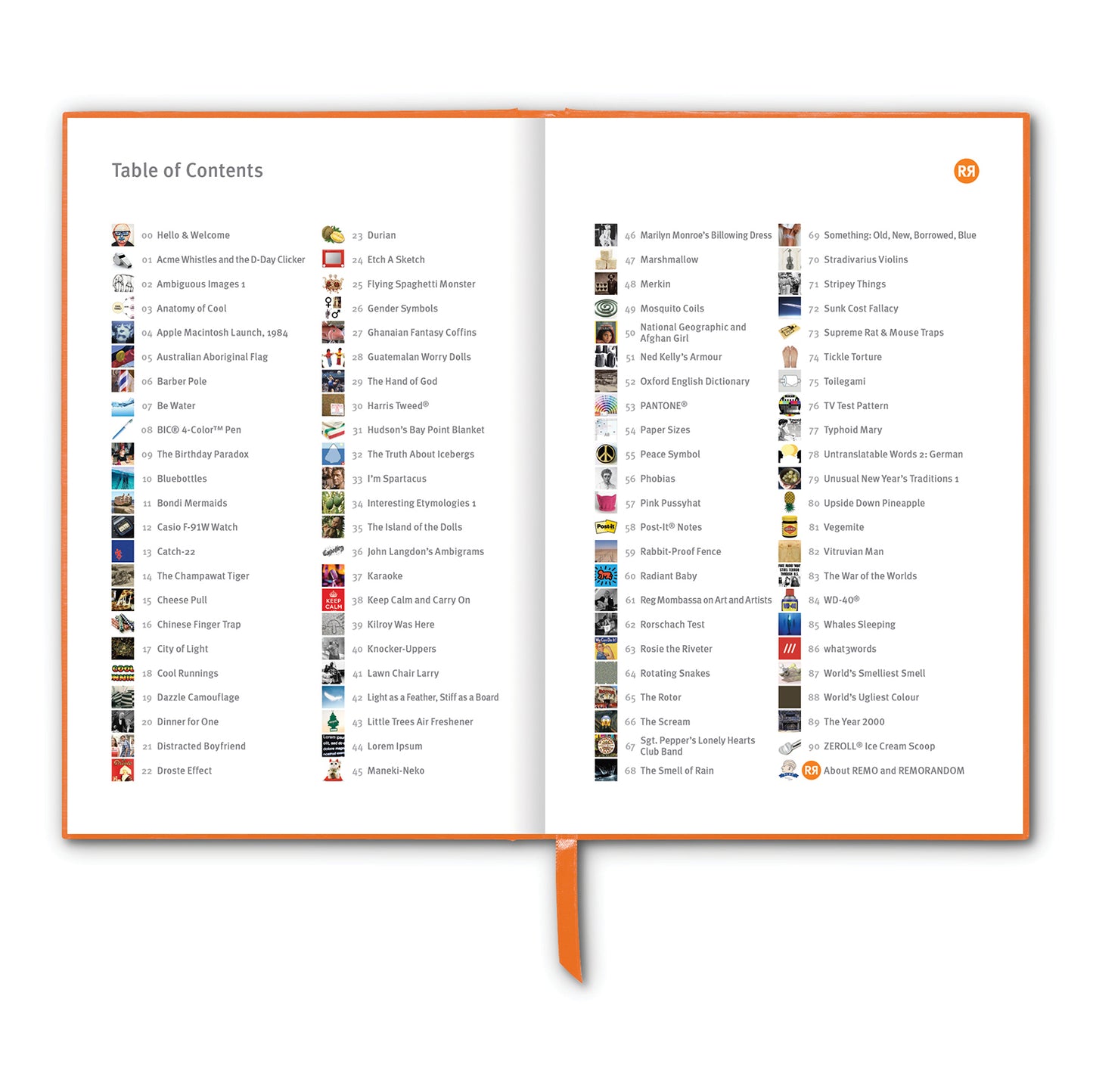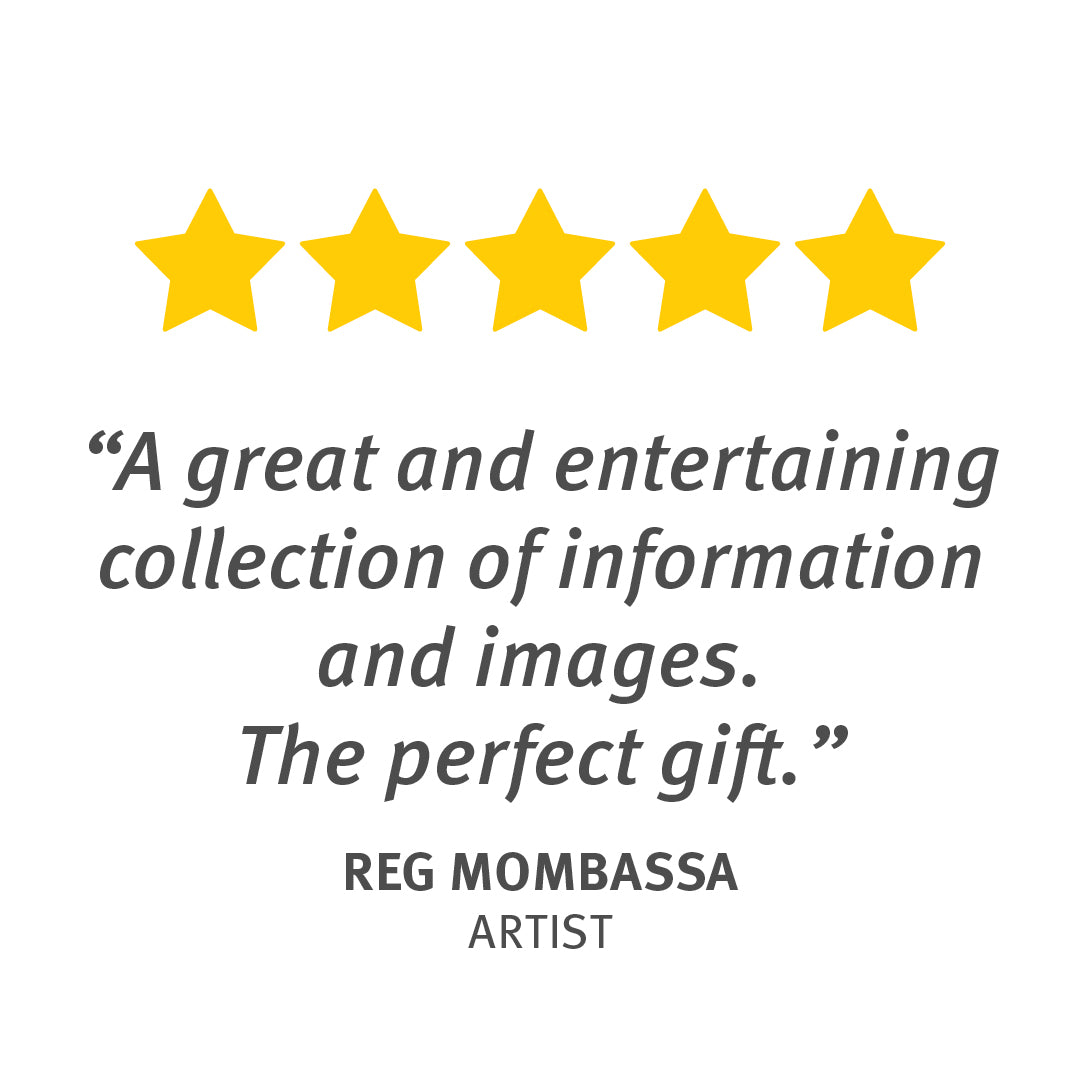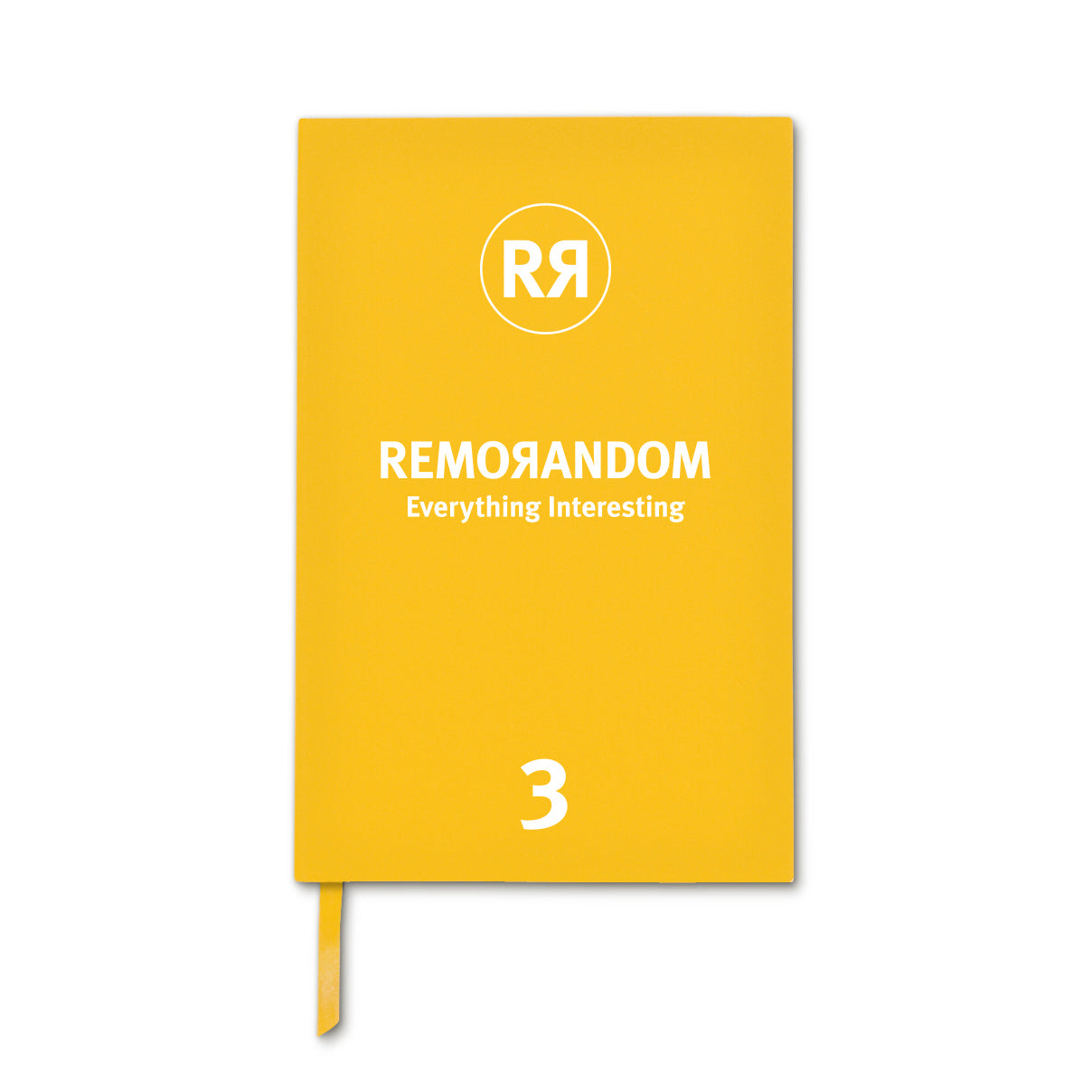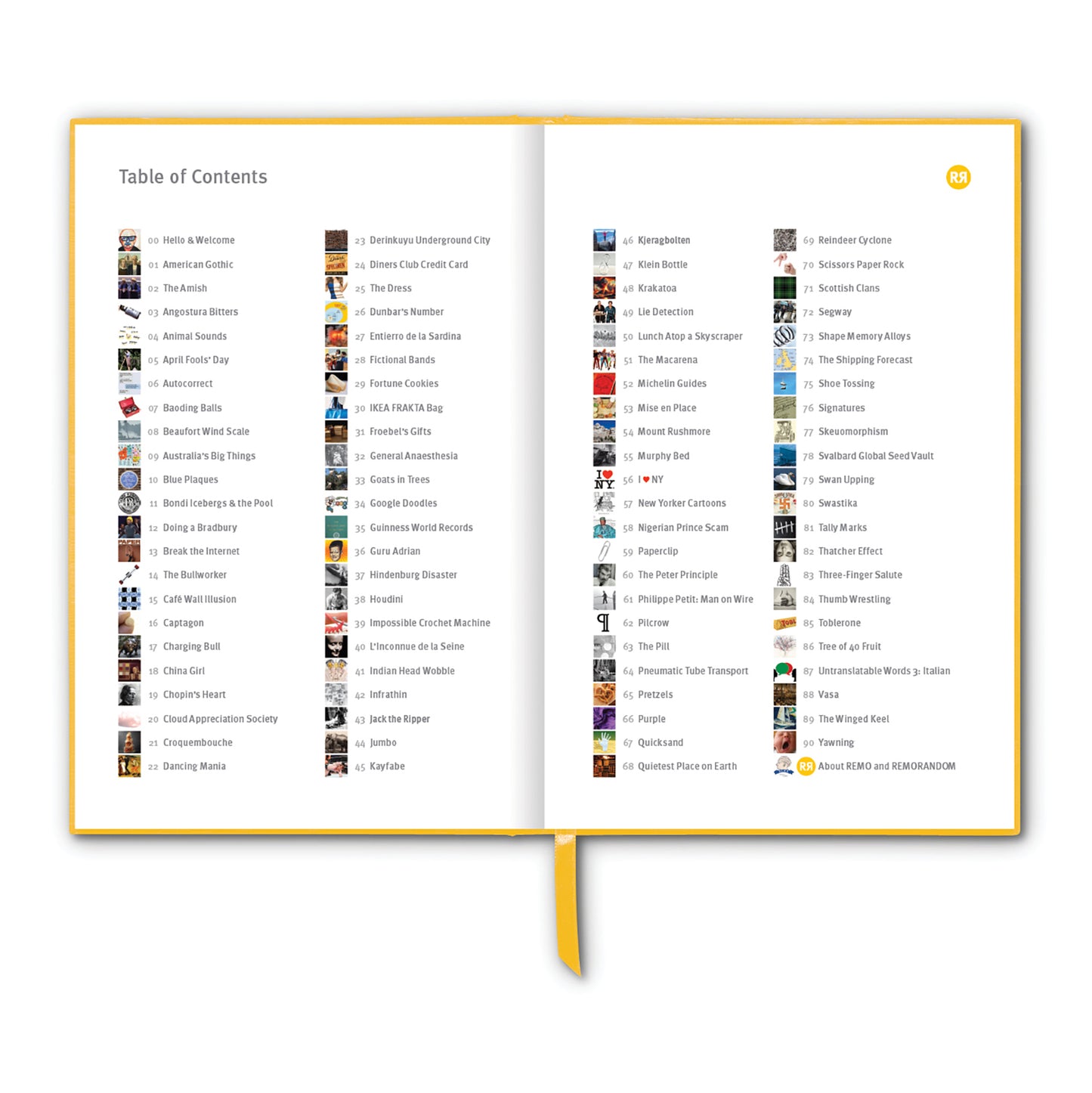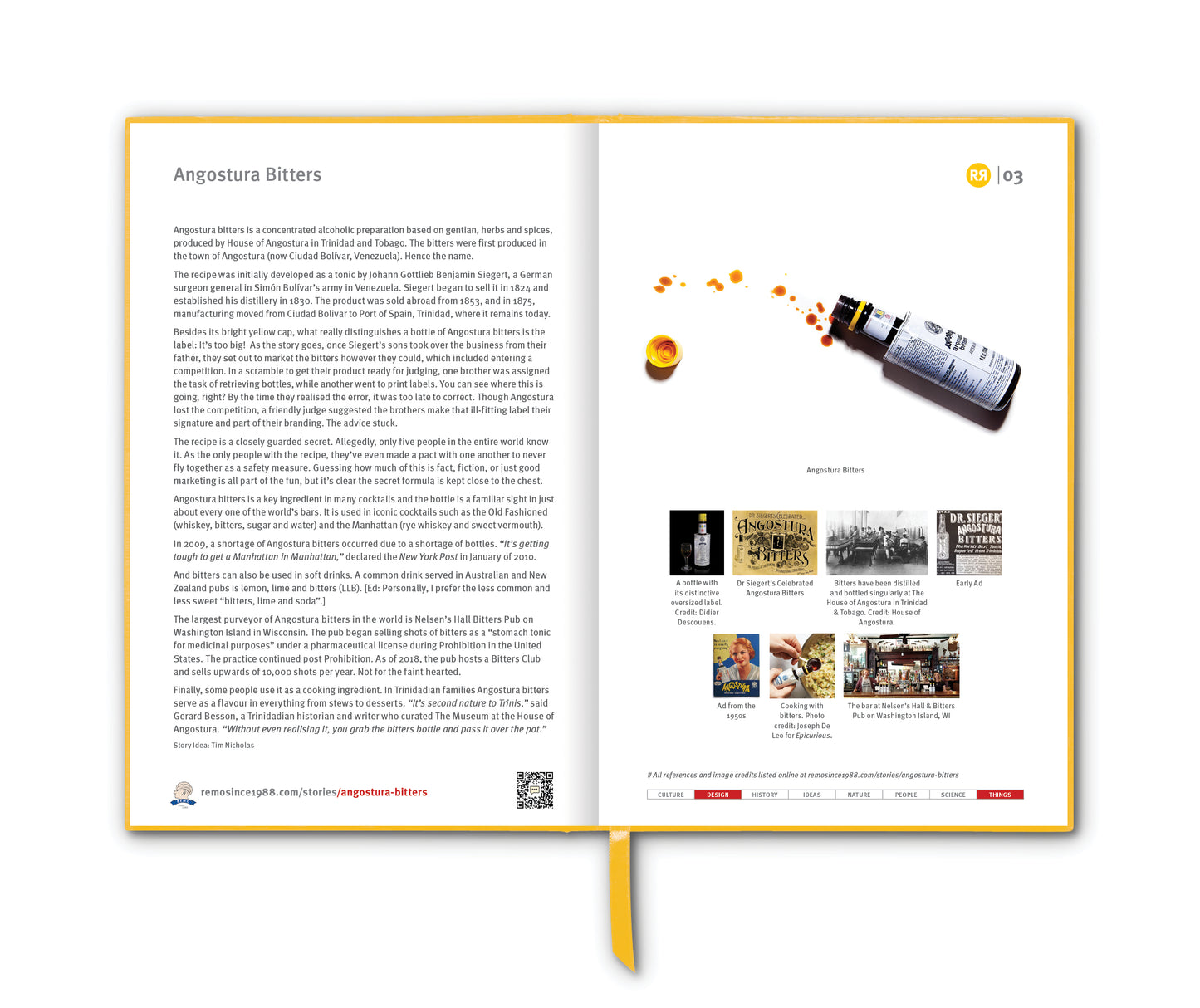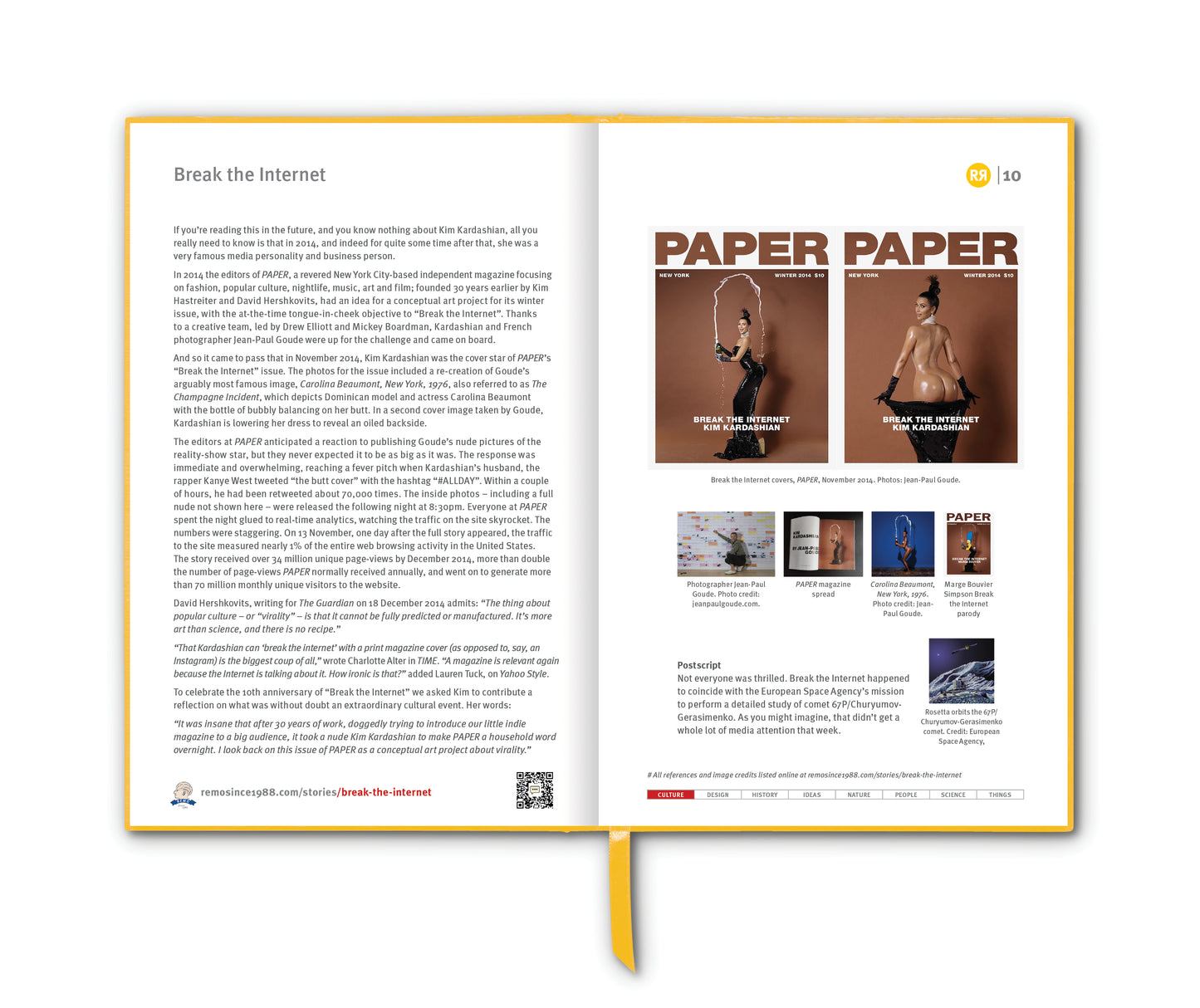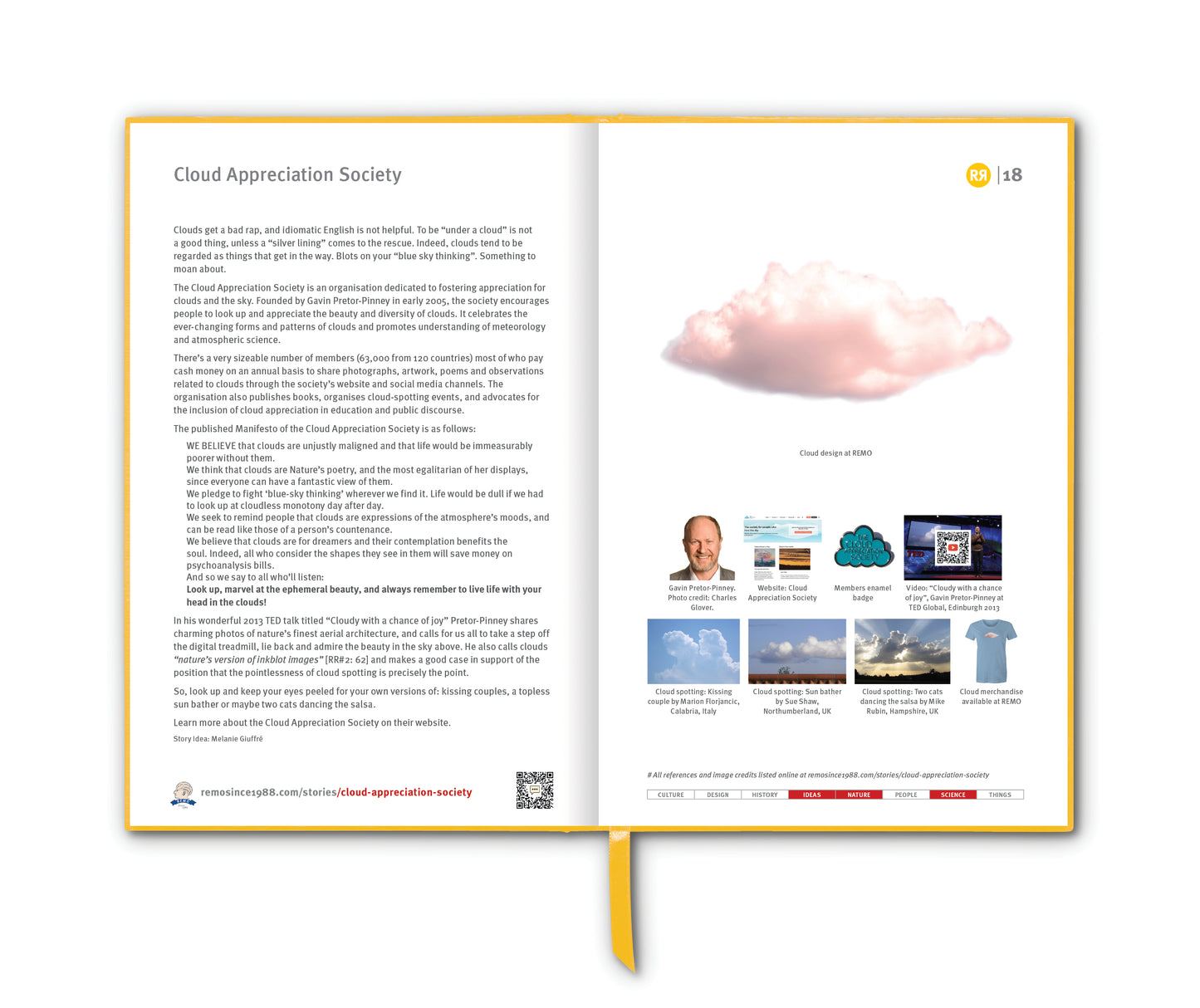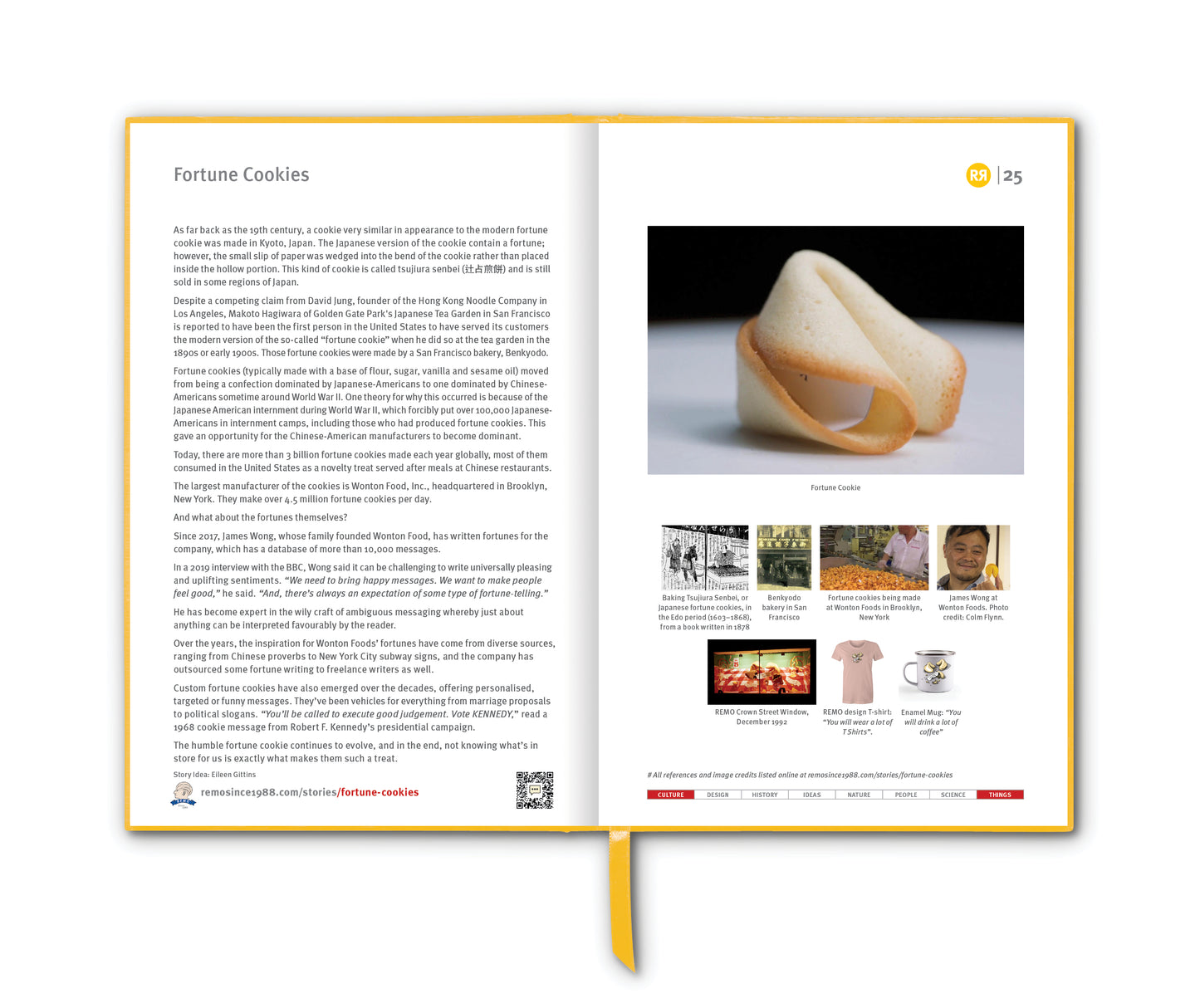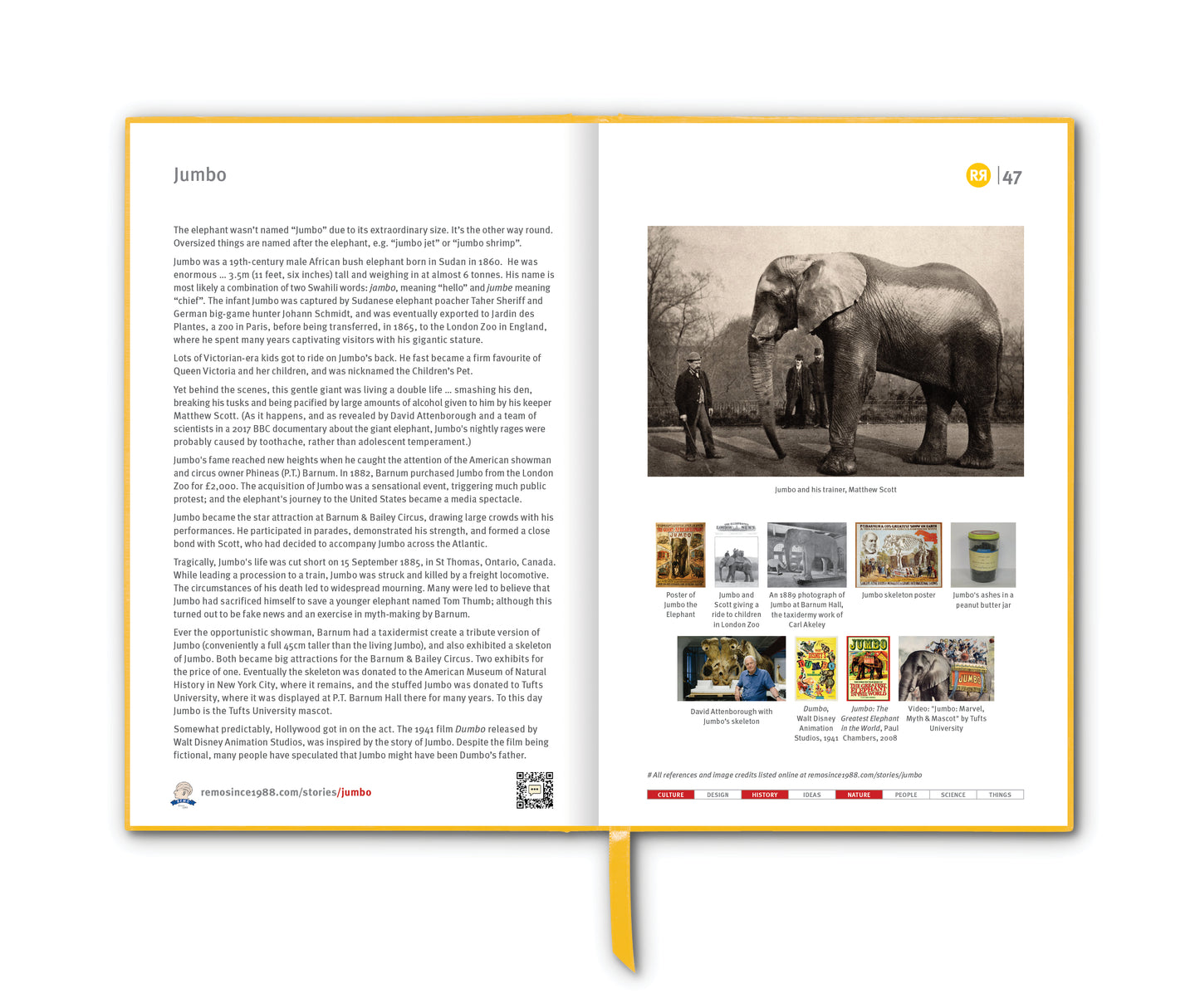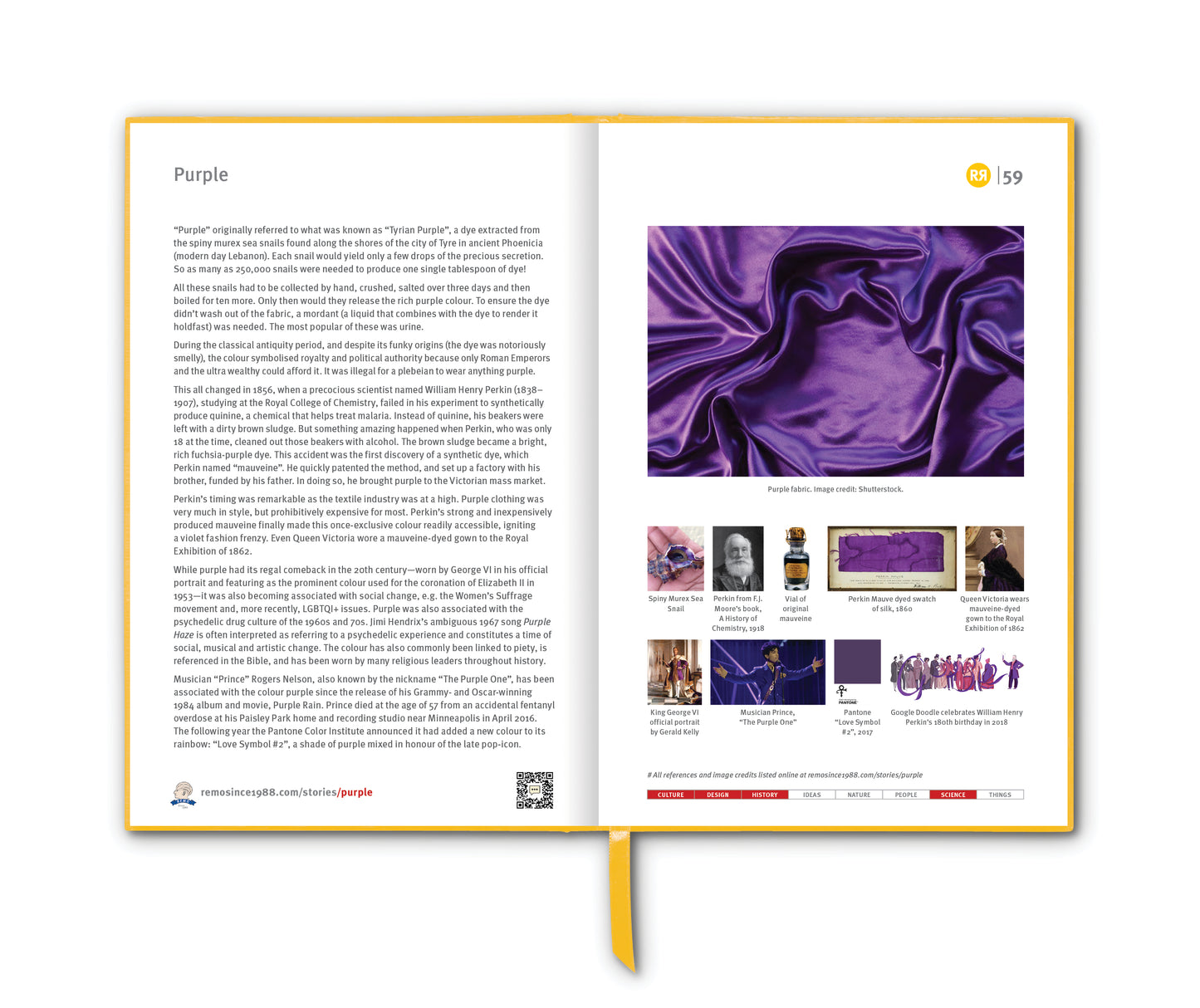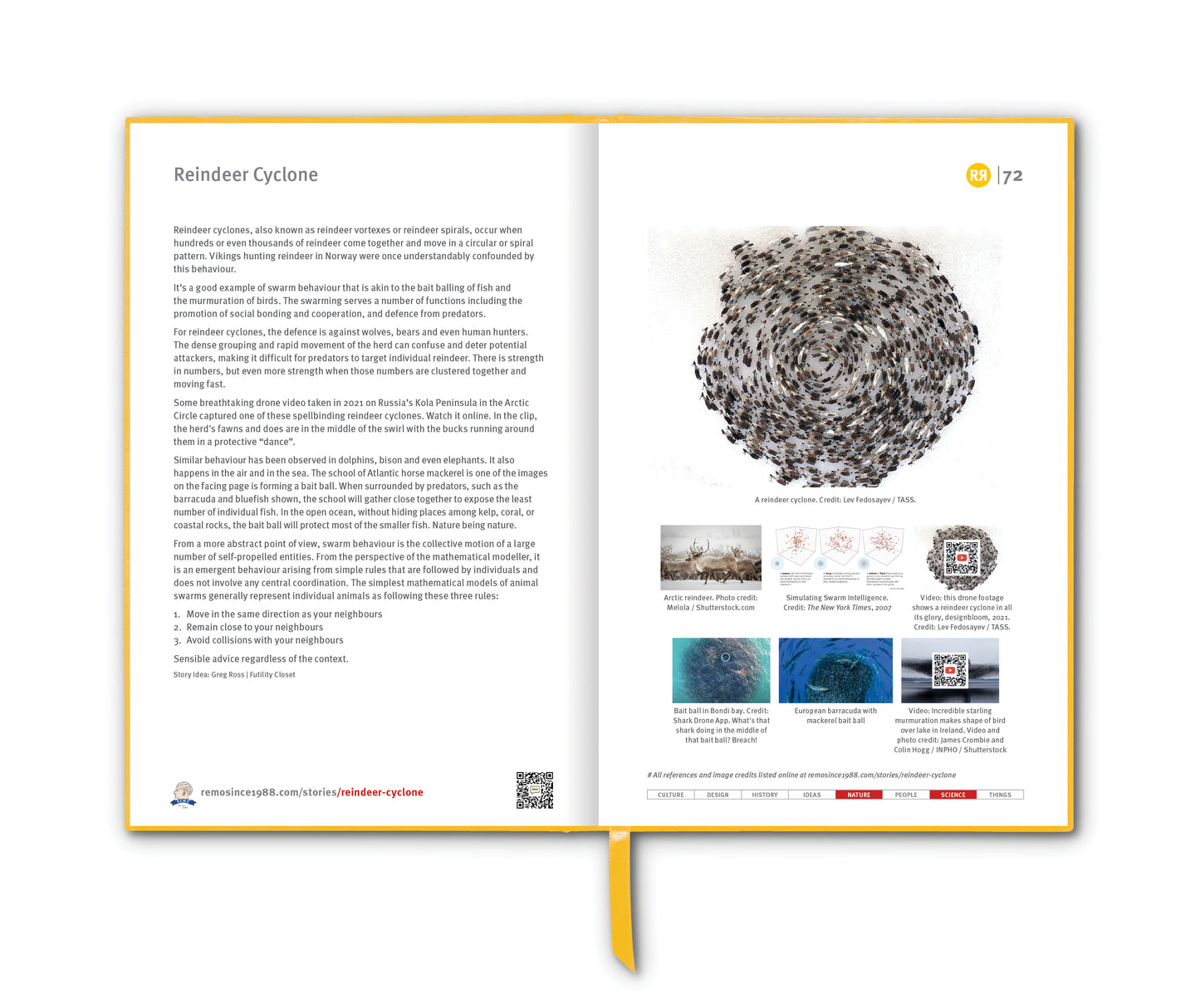Handedness is an individual's preferential use of one hand, known as the dominant hand, due to it being stronger, faster or more “dextrous”. About 90% of the population is right-handed, while the remaining 10% are left-handed.
Handedness is often defined by one's writing hand. There are people with true ambidexterity (equal preference of either hand), but it is rare (around 1% of the population). Most people prefer using one hand for most purposes.
Handedness is partly determined by genetics, but it is not controlled by a single gene. While scientists have identified some genes that play a role, they believe that handedness results from a complex interaction between multiple genes and environmental factors. It’s also closely linked to brain lateralisation – the tendency for certain cognitive functions, like language and spatial reasoning, to be dominated by one hemisphere of the brain. In most right-handed individuals, the left hemisphere of the brain is dominant, while for many left-handers, brain dominance is less strongly lateralised or may involve the right hemisphere more.
Handedness typically develops in early childhood. Although some infants may show early hand preferences, consistent handedness usually emerges by age two or three.
The 10% that left-handers make up of the global population has remained consistent across cultures and history. In some cases, left-handed individuals have been stigmatised or forced to switch hands, particularly in cultures that historically viewed right-handedness as “normal” and left-handedness as abnormal or unlucky. The language doesn’t help. The words themselves show prejudice. The Latin roots for right and left are dexter and sinister. Dexter gives us dexterous, meaning nimble, skilled, agile, etc. Sinister means, evil, dark, wrong, etc.
There are many negative connotations associated with the phrase “left-handed”: clumsy, awkward, unlucky, insincere, sinister, malicious, and so on. In French, gauche means both “left” and “awkward” or “clumsy”, while droit(e) (related to English direct and “adroit”) means both “right” and “straight”, as well as “law” and the legal sense of “right”. Black magic is sometimes referred to as the “left-hand path”, and indeed, left-handedness was cited as proof of being a witch during the Salem Witch Trials in 1692. At least one woman, Mary Barker, was burned in part because of her preference for her left hand.
However, today, and despite some aberrant pockets of remaining prejudice, left-handedness is widely accepted, and many societies have become more accommodating.
There are many myths about handedness. One popular myth is that left-handed people are inherently more creative than their right-handed counterparts. While some studies suggest left-handers may excel in creative tasks, and be better at divergent thinking, the connection is not universally supported.
Another myth relates to longevity. In the late 20th century, a controversial study claimed that left-handers had a shorter lifespan than right-handers, a theory that has since been debunked.
Yet another myth is that left-handers are more likely to suffer from mental illnesses, particularly schizophrenia and depression. While some studies have suggested a minor association between non-right-handedness and certain neurological conditions, the relationship is not strong enough to generalise about the entire left-handed population.
However, the belief that left-handers have an advantage in sports is partly true. Left-handed athletes have an advantage over right-handed ones in many sports. Rik Smits, a linguist who wrote the 2011 book, The Puzzle of Left-Handedness, points out that lefties train against righties nine times out of ten, but righties train against lefties only once out of ten times. That means that right-handed athletes are “forced to engage in an asymmetrical battle for which they’re poorly prepared, against an opponent who’s a dab hand at dealing with this type of asymmetry ...” Makes sense.
Finally, International Left-Handers Day is held annually on 13 August. On this day you are more likely to be reminded about impressive lefties from history like Leonardo da Vinci, Michelangelo, Jimmi Hendrix, Bill Gates, Steve Jobs, etc. along with the curious fact that five of the last eight US presidents were/are left-handed: Gerald Ford, Ronald Reagan, George H.W. Bush, Bill Clinton and Barack Obama. Divergent thinkers?
Story Idea: Andrea Jansz
___________________________
References
wikipedia.org/wiki/Handedness
lefthandersday.com
etymonline.com/word/southpaw
newscientist.com/lastword/mg24532761-400-lend-a-hand-is-there-an-advantage-to-being-left-or-right-handed
Images
1. Left-handed writing. Photo credit: iStock by Getty Images
2. Stenciled hands at the Cueva de las Manos in Argentina. Left hands make up over 90% of the artwork, demonstrating the prevalence of right-handedness.
3. Al McCoy, world champion in the 1910s, displaying "southpaw" stance with right hand and right foot to the fore
4. Left-handed corkscrew available online from anythinglefthanded.co.uk
5. Left-handers Day logo. Credit: lefthandersday.com
6. Bill Gates is left-handed. Credit: lefthandersday.com
7. President Bill Clinton signing the cancellation letters related to his Vetoes for the Balanced Budget Act of 1997 in the Oval Office. Photo: Ralph Alswang
8. The Ned Flanders character from The Simpsons runs a shop selling left-handed items called "The Leftorium"
9. Sea snail shells can either be sinistral (left-handed), e.g. Neptunea angulata or dextral (right-handed), e.g. Neptunea despecta.
10. Book: The Puzzle of Left-handedness, Rik Smits, 2011
